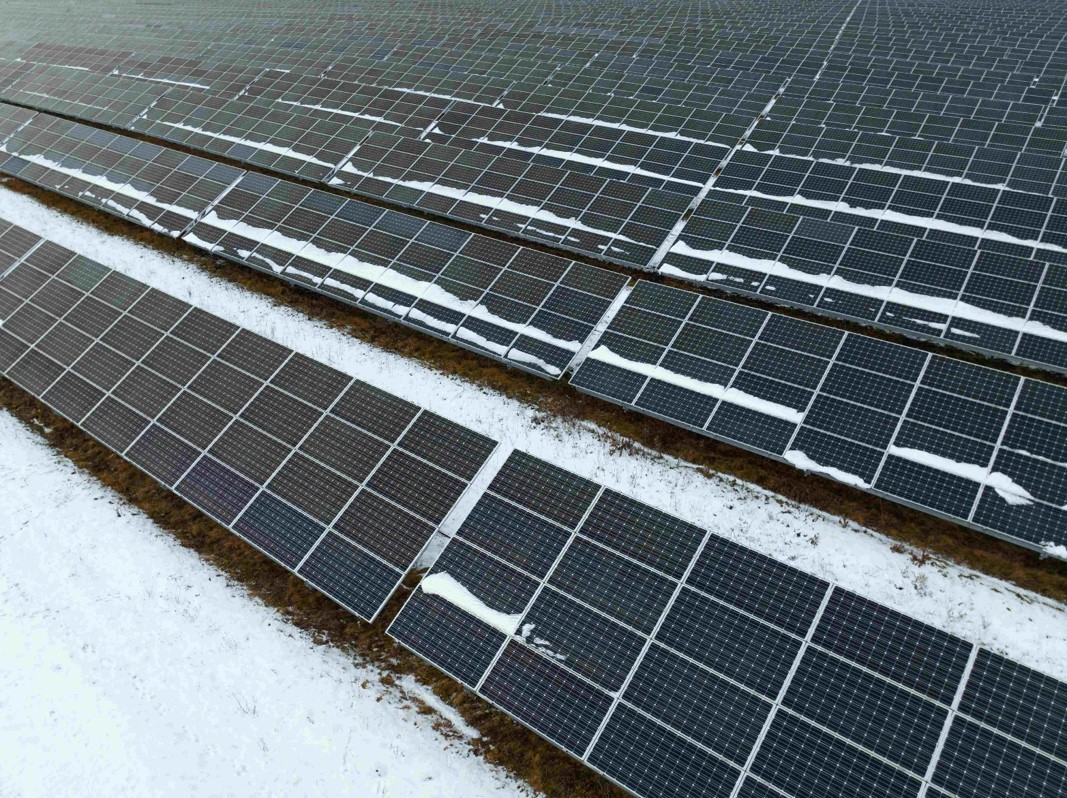In February 2021, winter storms swept across the US, causing a widespread power outage in Texas, with temperatures in the city of Dallas dropping to -17 °C, and leaving nearly 10 million Texans without electricity at its peak. However, it isn’t just freak fluctuations in temperature like this that cause problems for power grids; the same issues constantly bedevil areas with consistently cold climates, such as northern China. In particular, it’s hard to store renewable energy that is generated intermittently, such as solar and wind power.
Fortunately, Professor Yi-Chun LU, Associate Professor, Department of Mechanical and Automation Engineering at The Chinese University of Hong Kong and her team are on the case. An electrolyte they have developed promises to allow energy to be stored in a safe, stable manner at far lower temperatures that before, potentially bringing reliable power to numerous communities and dramatically improving their quality of life.
“We heard this news a while ago from Texas of this huge snowstorm, where a lot of solar and wind broke down; it was hard for them to work because it was freezing. You needed energy storage to provide emergency power, but it would be challenging if you’re using existing batteries. We wanted to find a new material that can address this,” said Professor Lu.
“Renewal energy is a good idea. They are clean technologies, but solar and wind energy are intermittent – it’s not very reliable when they connect to users such as the grid or, say, electrical vehicles. We need to store them where we can.”
Developing a new material to store energy in cold weather
Today, lithium-ion batteries are the main technology used to store renewal energy, but they’re flammable and can break down catastrophically, creating a fire hazard. Aqueous redox flow batteries are different from traditional batteries because the energy is stored in an external tank rather than inside the battery itself, with an electrolyte liquid pumped in to generate electricity. But there’s a problem: at temperatures below freezing, the electrolytes freeze. To work, they require a constant temperature, which means they need to be heated up – and in a cold climate, burning energy to store energy in this way can be expensive.

“We thought if we could find something that already works both at low temperature and below zero, we could remove for requirement for heating, even in a very cold area,” says Professor Lu. The solution, it turned out, was multi-electron heteropoly acid H6P2W18O62 (HPOM), a material that is already used for catalysis and indeed to store energy – but its potential to do so at low temperatures had not previously been explored. HPOM is a material with the potential to be used as a new electrolyte that works at temperatures down to -20℃. HPOM-based redox flow batteries achieve a record power density of 282.4 mW cm-2 and stability over 800 cycles (more than 1,200 hours) without decay.

The team knew what it wanted to create, but where to start? “It really goes back to a fundamental question of chemistry. If we want to stop something from freezing, one way is to change the bonding nature of water. Water molecules are connected with each other using a hydrogen bond. We thought if we could break up those hydrogen bonds with another type of material, then we can prevent the freezing. We added the proton based HPOM which has lots of hydrogen bonds that can interact with water. You have a material that itself can store electrons, but not only that: it can provide hydrogen bonding to water and prevent water from aggregating, so the water’s freezing point can be reduced,” says Professor Lu.
With the new technology, “the amount of heat that you need to provide is significantly reduced, and in many cases you don’t even need to add additional heat”, she says. But beyond that, it also potentially enables new applications that were not previously possible: for example, with underground electrical installations that require a battery and don’t have sufficient space for a heating system.


Creating a larger prototype before commercialisation
The development was announced in the prestigious journal Nature Energy, receiving an extremely positive reaction, both from fellow scientists and from the energy industry. Professor Lu says, “In academia, people are fascinated about this new property we’ve found of this existing material. In the industry, colleagues are asking me when we can produce this in large quantities. They get a lot of requests from very cold regions, especially in north China, where a lot of electric vehicles don’t really work well – the mileage is reduced and also the storage capacity falls very quickly. They are very excited about this.”
A few practical steps need to be overcome before the technology can be commercialised, though. Professor Lu envisages a large-scale prototype demonstration in about two years, and possible commercialisation of the technology in about another two after that. “We need to apply this type of material to a larger prototype, at least to the kilowatt level. To be able to demonstrate that is a prerequisite before commercialisation,” Professor Lu says.










